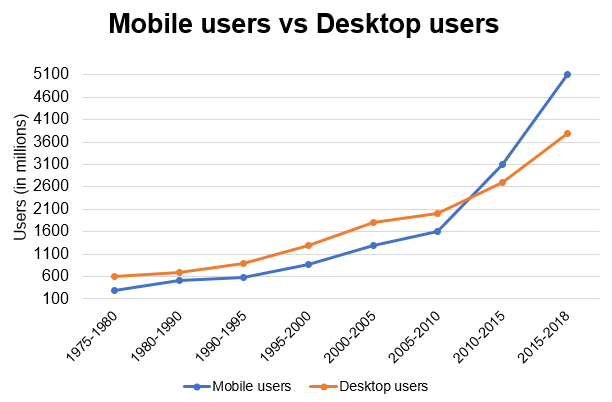LESSON GOAL
Let’s check our lesson goal.
In this material, you will learn the words and phrases that are used when you talk about inventions and discoveries and express your opinions about specific topics.
In this material, you will learn the words and phrases that are used when you talk about inventions and discoveries and express your opinions about specific topics.
この教材では、発明や発見に関連した語彙や表現を学び、特定の話題について意見を述べる練習をします。
PART A_1
Choose the correct idiom to complete each sentence.
PART A_2
| as bright as a button | spill the beans | all ears |
| cutting edge | saved by the bell | on the same wavelength |
| 1. | The class was about to have a quiz but was __________ when the school bell rang. |
| 2. | Philo Farnsworth invented the first electronic television at age 21. He was __________ . |
| 3. | The smartphone is one of the __________ gadgets in the world. |
| 4. | They are __________ in the announcement of the latest laptop model. |
| 5. | She is not allowed to __________ about her invention to the public. |
PART A_3
Make sentences using the given idioms.
PART A_4
| 1. all ears | |
| Answer: | |
| 2. saved by the bell | |
| Answer: | |
| 3. cutting edge | |
| Answer: | |
| 4. as bright as a button | |
| Answer: | |
| 5. spill the beans | |
| Answer: |
PART B_1
Study and analyze the graph carefully.
PART B_2

PART B_3
Use the following words to explain the data.
PART B_4
PART C_1
Let’s talk. Please answer my questions. You may ask me questions too.
PART C_2
| 1. | How did the invention of smartphones change humans’ lives? |
| Answer: | |
| 2. | Do you agree with cloning humans? Why or why not? |
| Answer: | |
| 3. | Name the five greatest discoveries of all time. |
| Answer: | |
| 4. | Tell a brief historical background of any invention you know of. |
| Answer: | |
| 5. | What is your opinion about sending humans to Mars or in other Earth-like planets to start a new civilization? |
| Answer: |
REVIEW AND FEEDBACK
Now, let us review the things that you learned in this lesson.
ではこのレッスンで学んだことを振り返りましょう。
(Please give a short feedback on how your student did in your class.)
| Grammar 文法 |
Pronunciation 発音 | Vocabulary 単語 |
Comprehension 理解 |
|
|---|---|---|---|---|
 GOOD GOOD |
文法の誤りはほとんどなく、完全な文章で話すことができる | ほとんどの単語をはっきりと正しく発音することができる | 習った表現を適切に使うことができる | 文章を理解し、質問に正しく答えることができる |
 FAIR |
文法の誤りはあるが、完全な文章で話すことができる | 発音の練習が必要な言葉がいくつかある | たまにミスはあるが、習った表現を適切に使うことができる | 文章を完全に理解するのは難しく、質問に正しく答えられないときもある |
 POOR |
文章で話すのは難しく、単語だけで話すことができる | 発音の練習が必要である | 習った単語と表現を少しだけ使うことができる | 文章を理解するのは難しく、質問に答えるのは難しい |
レッスン教材に関するアンケートのお願い
レッスン教材の改善・拡充を図ることを目的とし、アンケートを実施しております。
以下のURLからアンケートにお答えいただき、 ご意見・ご要望をお聞かせください。
アンケートはこちら